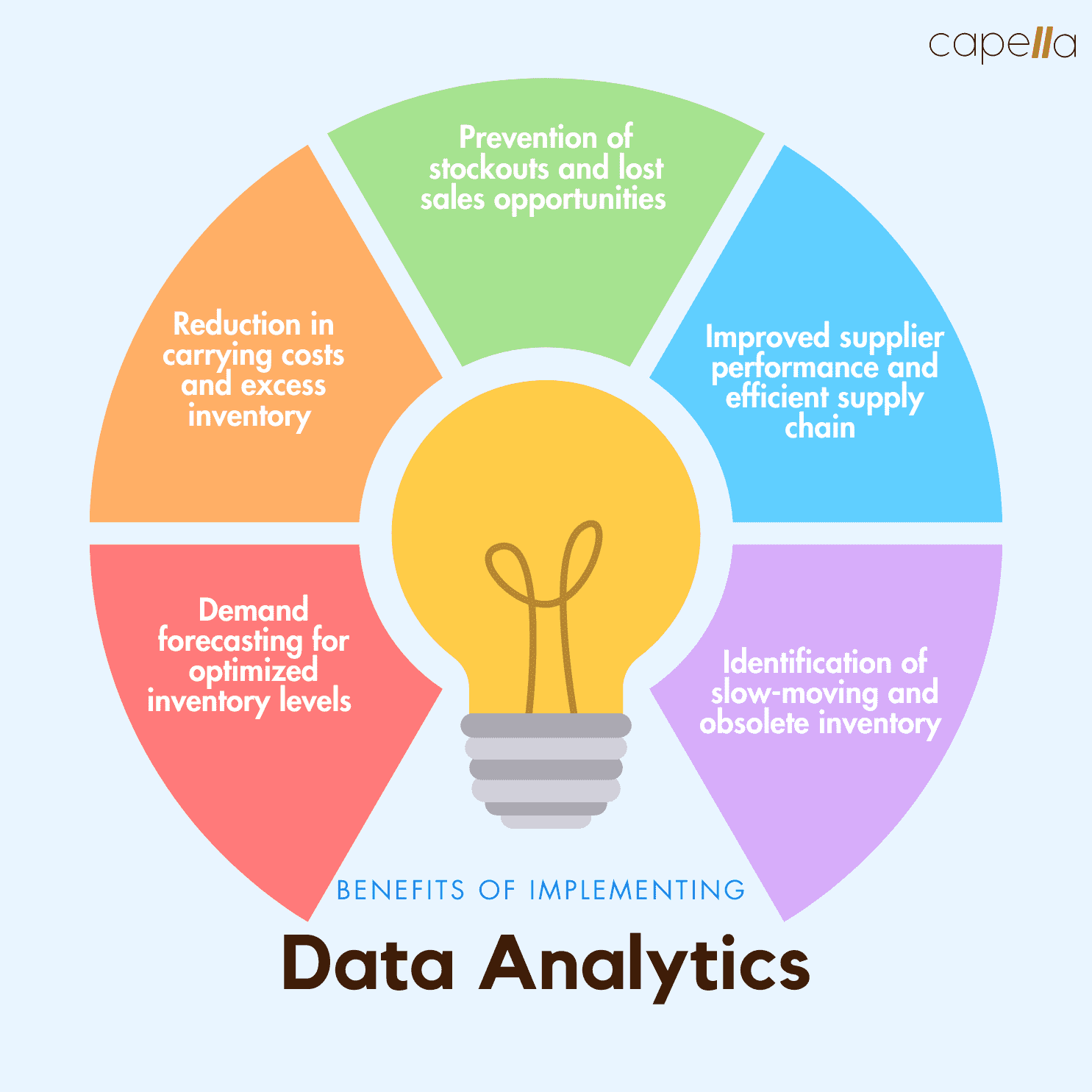Unlocking Success: Inventory Efficiency
In today’s fast-paced business world, maximizing inventory efficiency is crucial for success. Companies must constantly strive to find ways to streamline their processes, minimize waste, and optimize their inventory levels to meet customer demand. One of the key tools in achieving this goal is data analytics.
Data analytics involves the use of statistical techniques and software to analyze and interpret data, uncovering valuable insights that can help businesses make informed decisions. When it comes to inventory management, data analytics can provide companies with a wealth of information that can be used to improve efficiency and drive profitability.
One of the ways data analytics can be used to maximize inventory efficiency is by analyzing historical sales data to forecast future demand. By understanding patterns and trends in sales, companies can better predict which items will be in high demand and adjust their inventory levels accordingly. This can help prevent stockouts and overstocking, leading to improved customer satisfaction and increased sales.
Data analytics can also be used to optimize inventory levels and reduce carrying costs. By analyzing factors such as lead times, order quantities, and supplier performance, companies can identify opportunities to reduce excess inventory and improve inventory turnover. This not only frees up valuable warehouse space but also reduces the risk of obsolescence and shrinkage.

Image Source: website-files.com
Furthermore, data analytics can help companies identify slow-moving or obsolete inventory that may be tying up capital and taking up valuable storage space. By analyzing sales data and inventory turnover rates, companies can identify which items are not selling as well as others and make informed decisions about discounting, liquidating, or discontinuing these items.
In addition to optimizing inventory levels, data analytics can also help companies improve their supply chain efficiency. By analyzing data on supplier performance, lead times, and order fulfillment rates, companies can identify opportunities to streamline their supply chain processes and reduce costs. This can lead to shorter lead times, improved on-time delivery rates, and lower transportation costs.
Overall, data analytics is a powerful tool that can help companies unlock success by maximizing inventory efficiency. By analyzing sales data, optimizing inventory levels, and improving supply chain efficiency, companies can reduce costs, improve customer satisfaction, and drive profitability. In today’s competitive business environment, companies that leverage data analytics to optimize their inventory management processes will have a significant advantage over their competitors.
The Power of Data Analytics in Inventory
In today’s fast-paced business world, maximizing inventory efficiency is crucial for a company’s success. With the rise of e-commerce and the growing demand for faster delivery times, businesses are constantly looking for ways to streamline their inventory processes and reduce costs. One of the most effective tools in achieving this goal is data analytics.
Data analytics refers to the process of collecting, analyzing, and interpreting data to make informed business decisions. When applied to inventory management, data analytics can provide valuable insights into how inventory is moving through the supply chain, where bottlenecks are occurring, and how to optimize inventory levels to meet customer demand.
One of the key benefits of using data analytics in inventory management is the ability to forecast demand more accurately. By analyzing historical sales data, market trends, and other relevant factors, businesses can predict when and how much inventory they will need to meet customer demand. This not only helps to prevent stockouts and overstock situations but also ensures that customers receive their orders in a timely manner.
Data analytics can also help businesses identify inefficiencies in their supply chain and make data-driven decisions to improve overall inventory management. For example, by analyzing transportation routes and lead times, businesses can optimize their distribution network to reduce shipping costs and improve delivery times. Similarly, by analyzing supplier performance and inventory turnover rates, businesses can identify opportunities to reduce inventory holding costs and improve cash flow.
Another way that data analytics can improve inventory efficiency is through the use of predictive maintenance. By analyzing equipment data and performance metrics, businesses can predict when a piece of equipment is likely to fail and proactively schedule maintenance before a breakdown occurs. This not only helps to prevent costly downtime but also ensures that inventory can continue to flow smoothly through the supply chain.
In addition to improving operational efficiency, data analytics can also help businesses make more informed strategic decisions about their inventory. By analyzing customer buying patterns, market trends, and competitive intelligence, businesses can identify new opportunities for growth and expansion. For example, by analyzing customer feedback and product reviews, businesses can identify new product opportunities and improve existing products to better meet customer needs.
Overall, the power of data analytics in inventory management cannot be overstated. By collecting and analyzing data in real-time, businesses can gain valuable insights into their inventory processes and make data-driven decisions to improve efficiency, reduce costs, and drive growth. In today’s competitive business landscape, data analytics is no longer just a nice-to-have tool – it is a critical component of successful inventory management.
Leveraging Data Analytics for Better Inventory Management